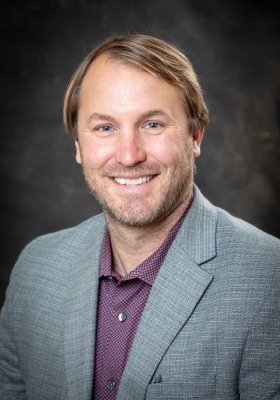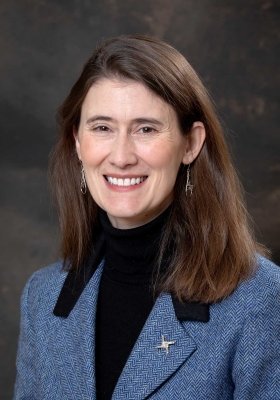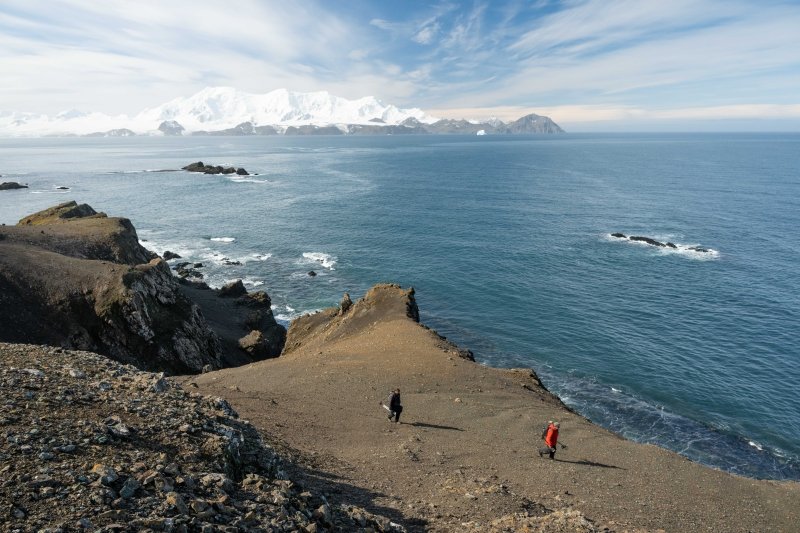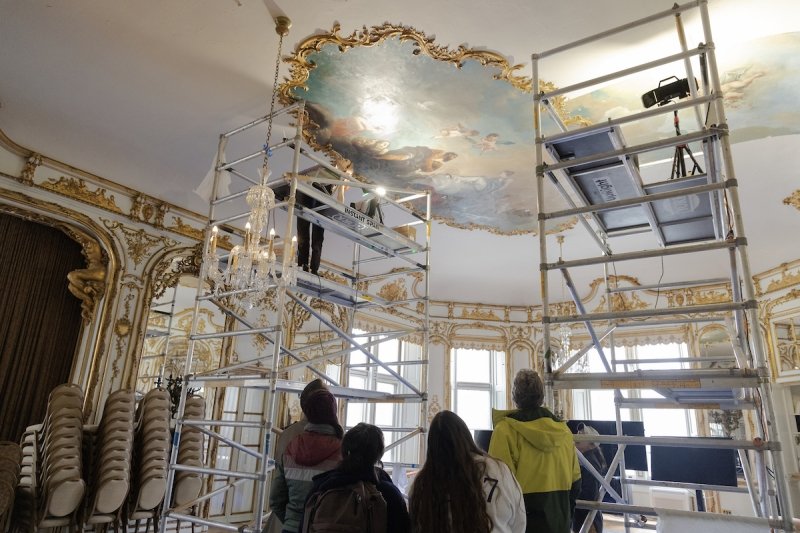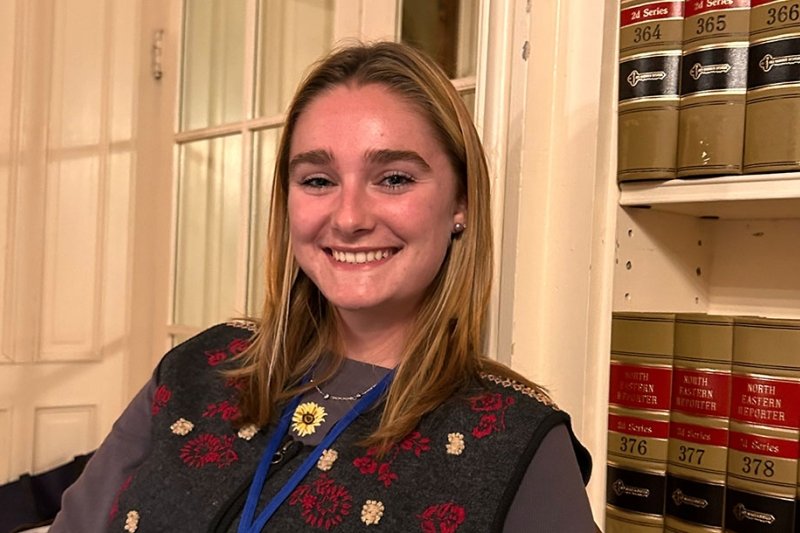Cultural and Historic Preservation Major
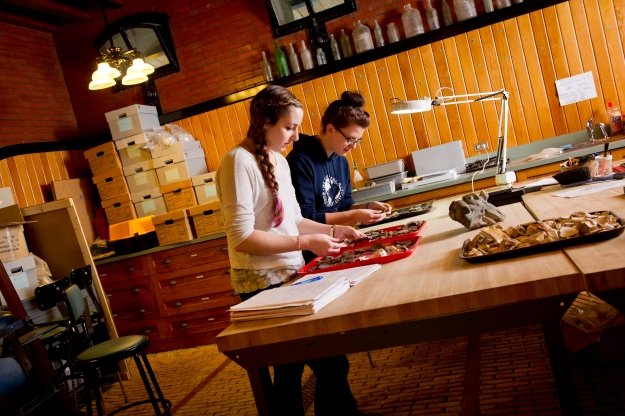
Salve Regina University’s Noreen Stonor Drexel Cultural and Historic Preservation Program prepares students for careers that explore and protect the places, objects and stories that create history. Here you will build a foundation in architectural history, archaeology, curation and preservation planning. We also offer a double major with art history for students planning careers in the museum field.
I am grateful to the cultural and historic preservation program for turning my fledgling interest in history into a career in historic preservation. The program surrounded me with people, places and experiences that fostered a passion for the field as well as a sense of academic rigor and community engagement that I apply every day on the job.
Alyssa Lozupone ’11, director of preservation, Newport Restoration Foundation
A Hands-On Approach to History
We believe experience is the best teacher. Our students learn preservation by doing it, and we take full advantage of the world-class architecture and living laboratory that surrounds us here in Newport.
Through coursework and internships, students photograph and create measured drawings of historic architecture, conduct archival research, participate in archaeological excavation and collaborate to develop museum exhibits. Here, you'll use cutting-edge preservation technology – including geographic information systems, photogrammetry, 3D digital modeling, aerial drone photography and archaeological geophysics – to explore our rich history.
What Sets Salve Apart
You’ll learn in the living laboratory that surrounds us, exploring buildings and objects on our campus and in the city of Newport to develop valuable skills.
Our cultural and historic preservation program is one of only eight undergraduate programs recognized by the National Council for Preservation Education.
Hands-On Learning
Our students intern in the local community, working in offices and institutions that deal with preservation under the direction of practitioners. The Salve Compass program offers additional experiential learning opportunities.
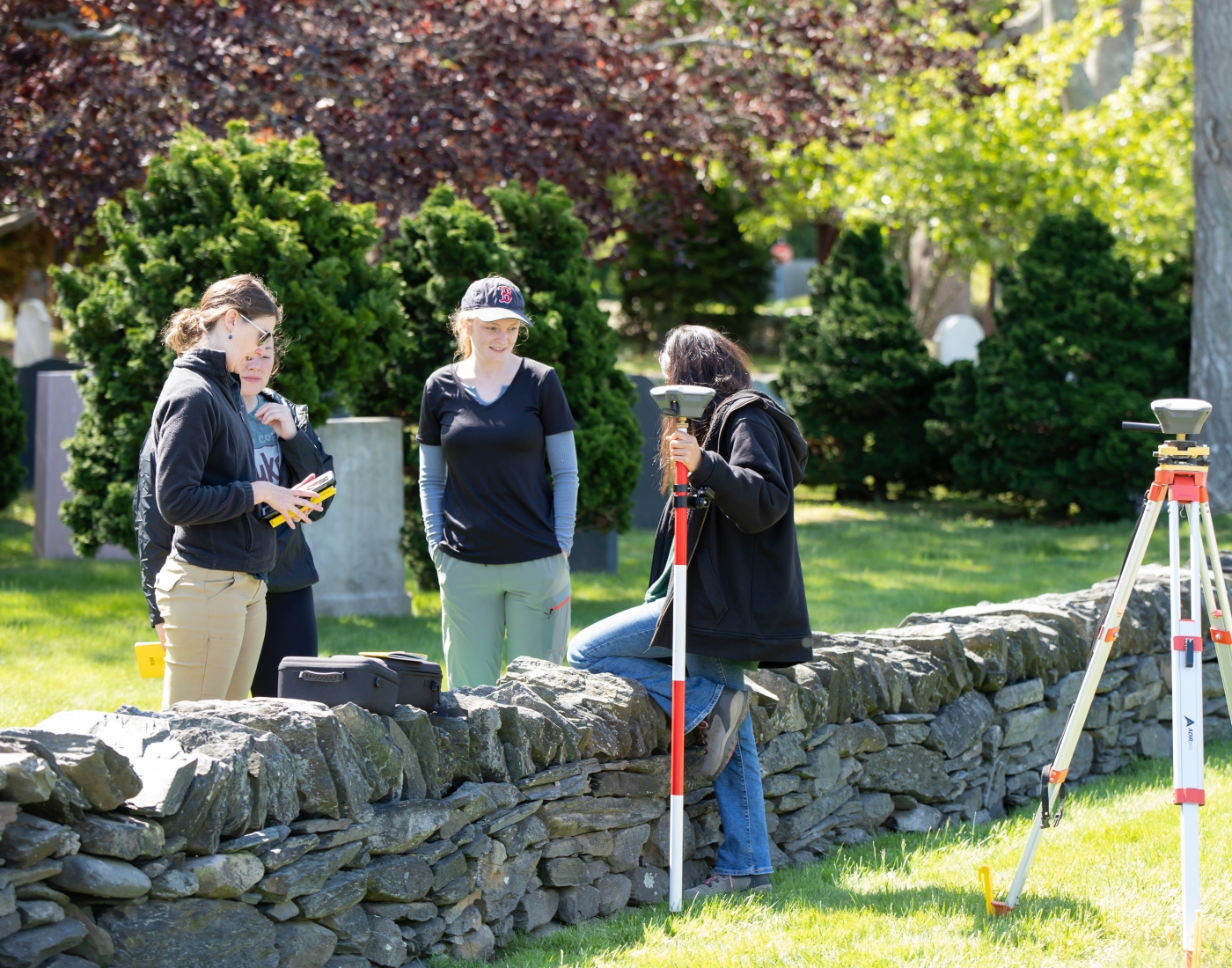
Practical Skills
"One thing that sets our program apart is the diversity of skill sets. Our students work with the latest technology in archaeology and historic architecture. This makes them more competitive, and I know when students leave here, I can recommend them to some of the best cultural resource management firms in the nation with confidence." - Dr. Heather Rockwell, assistant professor
History and Culture
You’ll have lots of opportunities for research here, working alongside faculty to perform archaeological surveys, research local history, map and document a historic cemetery, conduct excavations and more.
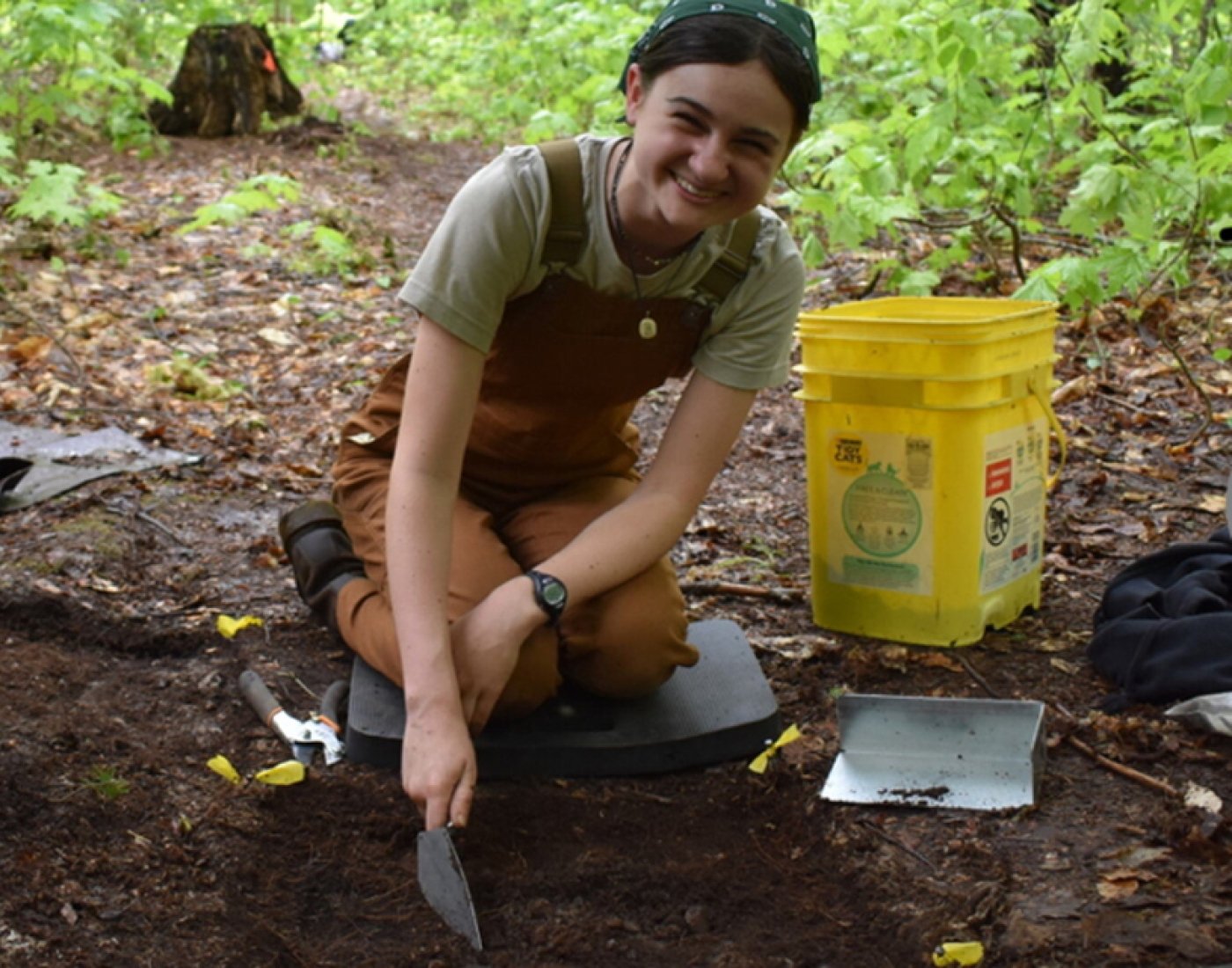
Alumni Making Waves

Alejandra Garcia-Silva '23
Archives assistant, George Washington University
One of only six students nationwide to receive a scholarship from the Society for American Archaeology. Read more about Garcia-Silva's Salve experience.
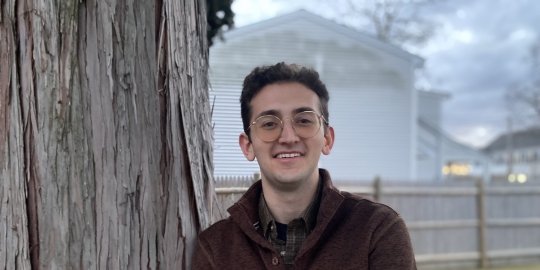
Zachary Russell '23
Administrative assistant, Island Cemetery
Used skills he learned at Salve to have his childhood home in Pawtucket, Rhode Island designated as historic. Read more about Russell's Salve experience.
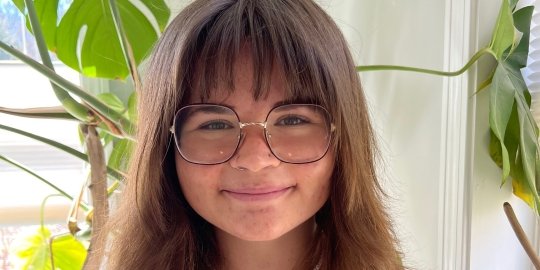
Heather McKee '24
Archaeological technician, U.S. Forest Service
Heather McKee graduated with a double major in cultural and historic preservation and sociology and anthropology. While at Salve, she received the student paper award at the Eastern States Archaeological Federation's annual meeting, and her research was published in Northeastern Archaeology. Today she conducts archaeological surveys on the Ouachita National Forest in Waldron, Alaska. Read more about McKee's Salve experience.
Research and Projects
Pursue meaningful undergraduate research as you complete your senior thesis. Our cultural and historic preservation students undertake significant research throughout their course of study and through the completion of their senior theses.
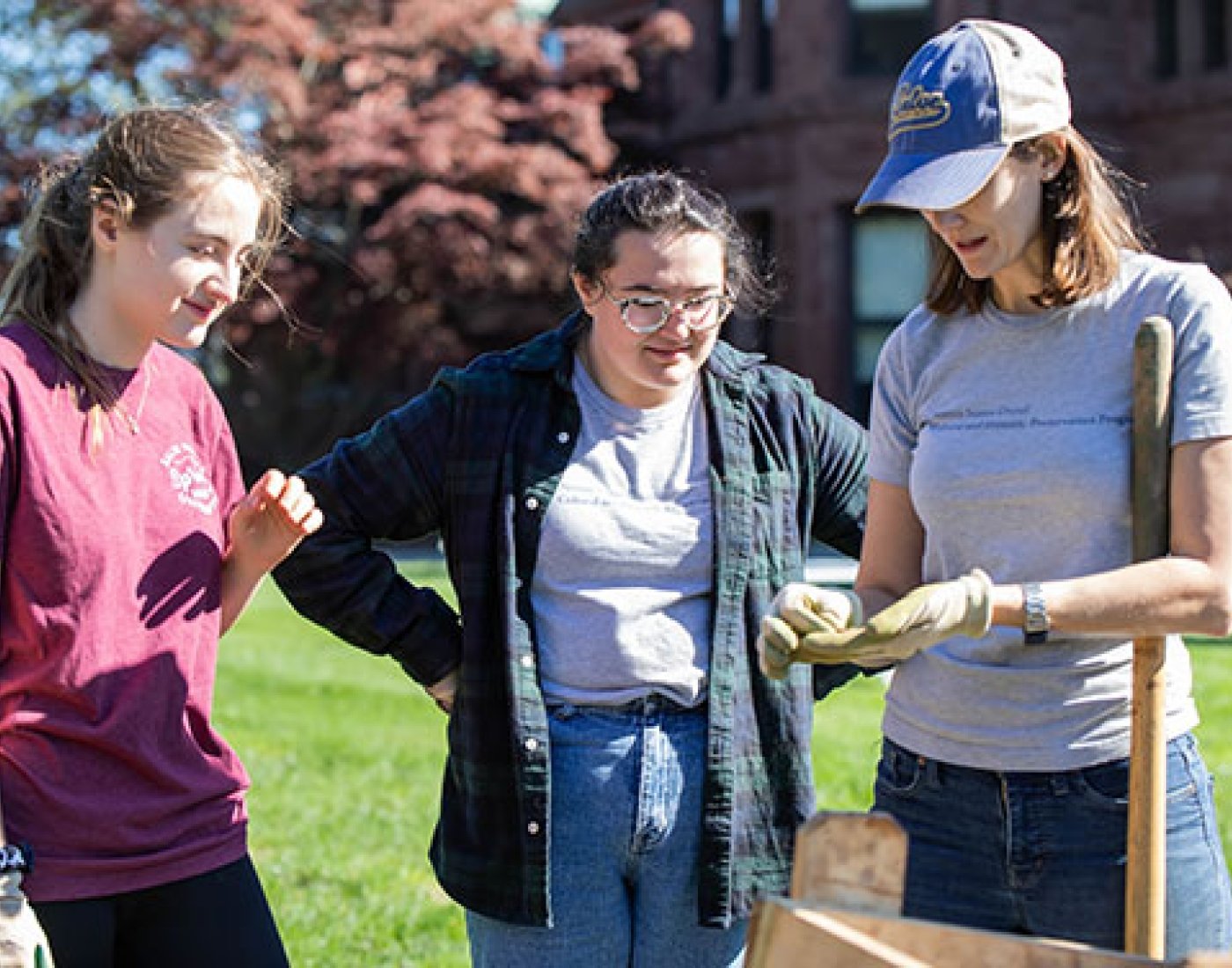
Dedicated Laboratories
Construct digital drawings and models, analyze artifacts and create maps in our dedicated laboratory spaces in Antone Academic Center, a unique restoration and renovation project that united two historic buildings.
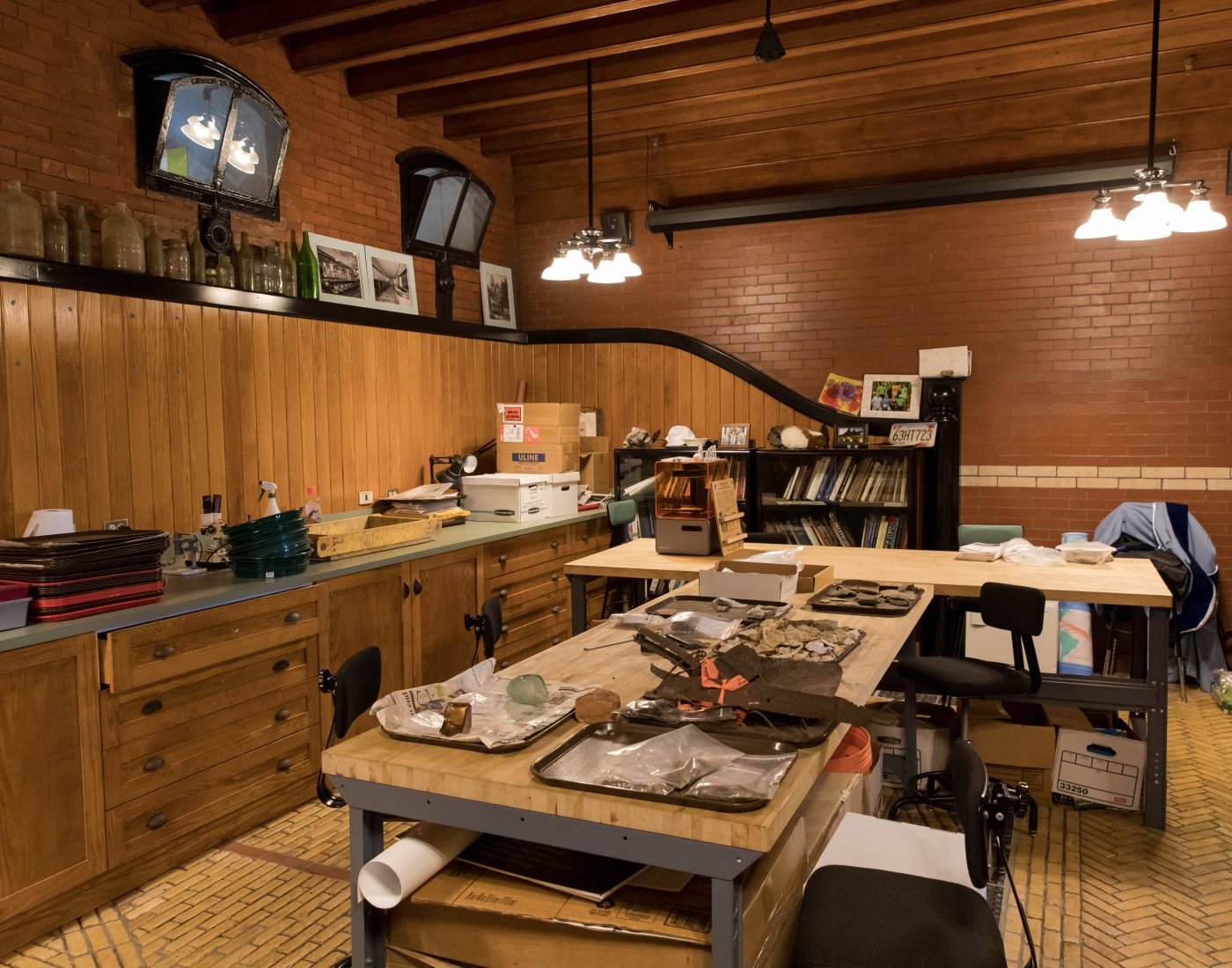
Career Paths in Cultural and Historic Preservation
We prepare students with the knowledge and experience they need for successful careers. Our record is well established for placing graduates in the nation’s leading preservation agencies, firms and organizations.
Here’s what some of our alumni are doing now:
- Architectural historian, MassDOT
- Associate registrar, Museum of Jewish Heritage
- Digitization assistant, New England Historic Genealogical Society
- Director of preservation, Newport Restoration Foundation
- Energy projects manager, Public Archaeology Laboratory
- Environmental stewardship scientist, U.S. Army Corps of Engineers
- Executive director, Amesbury Carriage Museum
- Executive director, Newport Historical Society
- Museum registrar, Preservation Society of Newport County
- Preservation planner, City of Newport
- Program coordinator and bronze conservator, Woodlawn Conservancy
Gallery
Internships
Internships give you important opportunities to contribute to preservation work in the local community.
Our students intern at these organizations and others:
- Barnum Museum
- Belcourt Castle
- City of Newport
- Frederick Law Olmsted National Historic Site
- Institute for American Indian Studies
- National Museum of American Illustration
- Newport Art Museum
- Newport Historical Society
- Preservation Society of Newport County
- Providence Preservation Society
- Rago Auction House
- Richard Grubb and Associates
Degree Options
Bachelor of Arts in cultural and historic preservation
Our bachelor’s degree in cultural and historical preservation prepares students for careers that explore and protect the places, objects and stories that create history.
Minor in cultural and historic preservation
Because historic preservation links to many other fields of study, our minor helps students in other programs enrich their majors.
Meet Our Cultural and Historic Preservation Faculty
Our faculty have extensive experience both teaching at the university level and working as preservation professionals, and they draw upon this knowledge to show students how their coursework translates to the real world of preservation.



